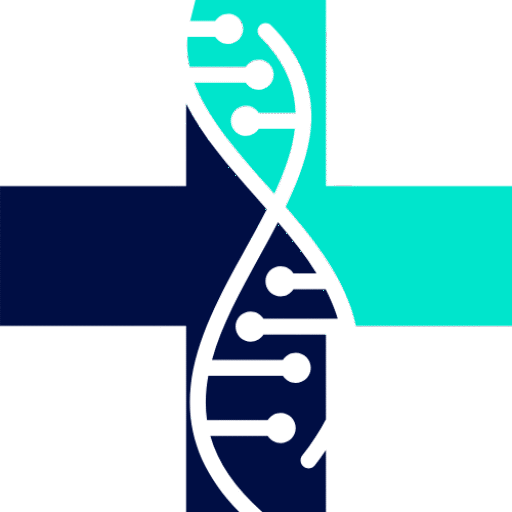This article explores the differences between ketogenic and low-carb diets, including their historical uses and modern applications for health and weight management. It also touches on the carnivore diet and discusses how these eating styles can impact various health conditions, particularly diabetes and metabolic health. The goal is to provide clear information to help individuals understand which approach might be suitable for their personal health goals.
Understanding Ketogenic and Low-Carb Diets
When people talk about ketogenic and low-carb diets, they often use the terms interchangeably. However, there are important differences. A ketogenic diet is a very strict, therapeutic approach, while a low-carb diet is generally more flexible. Both focus on reducing carbohydrate intake, but to different degrees.
The History of Ketogenic Diets
The use of dietary interventions for health goes way back. Around 500 BC, people were using fasting and specific diets to treat conditions like epilepsy. Fast forward to the early 1900s, specifically the 1920s, and doctors were widely using ketogenic diets to treat epileptic seizures in children. This was before pharmaceutical drugs became the main way to treat illnesses. In fact, natural medicine practices, like chiropractic care, were very popular until they were made illegal after the 1910 Flexner report, which closed down many natural medicine schools.
It’s good to see that in the last 10 to 15 years, the therapeutic use of the ketogenic diet has really grown again. It’s being recognized for its benefits beyond just epilepsy.
Carnivore Diet: Zero Carbs
Before diving into the specifics of keto versus low-carb, let’s quickly talk about the carnivore diet. This is the most extreme form of low-carb eating, essentially aiming for zero carbohydrates. It mainly involves eating meat and fat. Some people, like us, follow a "ketovore" approach, which is about 90% meat and 10% other things like coffee, spices, avocado, and some vegetables.
For strict carnivore purists, there are no plant-based foods at all. It’s mostly red meat. While some might question its long-term sustainability, it has worked well for many people.
Ketogenic Diet: Strict and Therapeutic
A ketogenic diet is very strict, especially when it comes to fat intake. Here’s a breakdown:
- High Fat: About 70-80% of your total daily calories come from fat.
- Moderate Protein: Protein intake is kept at a moderate level.
- Very Low Carbohydrate: Carbohydrates are usually less than 5% of your total calories.
This strict approach is necessary for conditions like epilepsy to ensure the body produces enough ketones to protect the brain from seizures.
Conditions That May Benefit from a Ketogenic Diet
Beyond epilepsy, the ketogenic diet is being explored for its potential benefits in various health conditions:
- Diabetes (Type 1 and Type 2)
- PCOS (Polycystic Ovary Syndrome)
- Certain Cancers (e.g., breast cancer, colon cancer)
- Fatty Liver Disease
- Mental Health Conditions (e.g., depression, ADHD, autism)
- Eczema
Low-Carb Diet: More Balanced
A low-carb diet is generally more balanced than a ketogenic diet. While it still reduces carbohydrates compared to a standard American diet, the distribution of macronutrients is different:
- Moderate Fat: Slightly higher fat intake than a typical diet.
- Moderate Protein: Slightly higher protein intake.
- Lower Carbohydrate: Carbohydrate intake is lower than normal, but not as restrictive as a ketogenic diet.
What counts as "low carb" can vary. For someone eating 300 grams of carbs a day, reducing to 100 grams is a significant low-carb step. For reversing conditions like PCOS or diabetes, a stricter approach of 30 grams or less per day might be needed. However, if you exercise a lot, 50 or even 100 grams of carbs might be fine. It really depends on your individual goals and activity level.
Diabetes and Low-Carb/Keto Diets
Low-carb and ketogenic diets can be very helpful for managing diabetes, both Type 1 and Type 2. Many people aim to reverse or put their diabetes into remission with these eating styles.
- Insulin Management: If you’re on insulin, especially for Type 1 diabetes, you’ll likely need less insulin when following a low-carb or ketogenic diet. It’s important to adjust insulin based on your food intake, rather than eating to match your insulin dose.
- Blood Sugar Control: These diets help keep blood sugar levels stable, avoiding the damaging highs and lows that can harm blood vessels and increase the risk of heart attack and stroke.
It’s a common concern that blood sugar might get too low on these diets. However, your body can make all the sugar it needs through a process called gluconeogenesis, converting fat into sugar. A famous 1971 Harvard study showed that people could fast for 40 days and their blood sugar would drop very low (to 18), but they were still fine because their bodies were producing ketones from fat stores. This shows how adaptable the body is.
Fat Intake and Adaptation
When starting a low-carb or keto diet, people often think they need to eat a lot of fat. While high fat helps with fullness in the beginning, as you become "fat-adapted," your body gets comfortable using its own fat stores for fuel. This means you don’t necessarily need to eat excessive amounts of fat. If you hit a weight loss stall, sometimes reducing dietary fat can help your body use its stored fat more effectively.
Ultimately, the choice between a ketogenic, low-carb, or even carnivore diet depends on your individual health goals, current health status, and how your body responds. It’s about finding what works best for you to achieve metabolic health and overall well-being.



